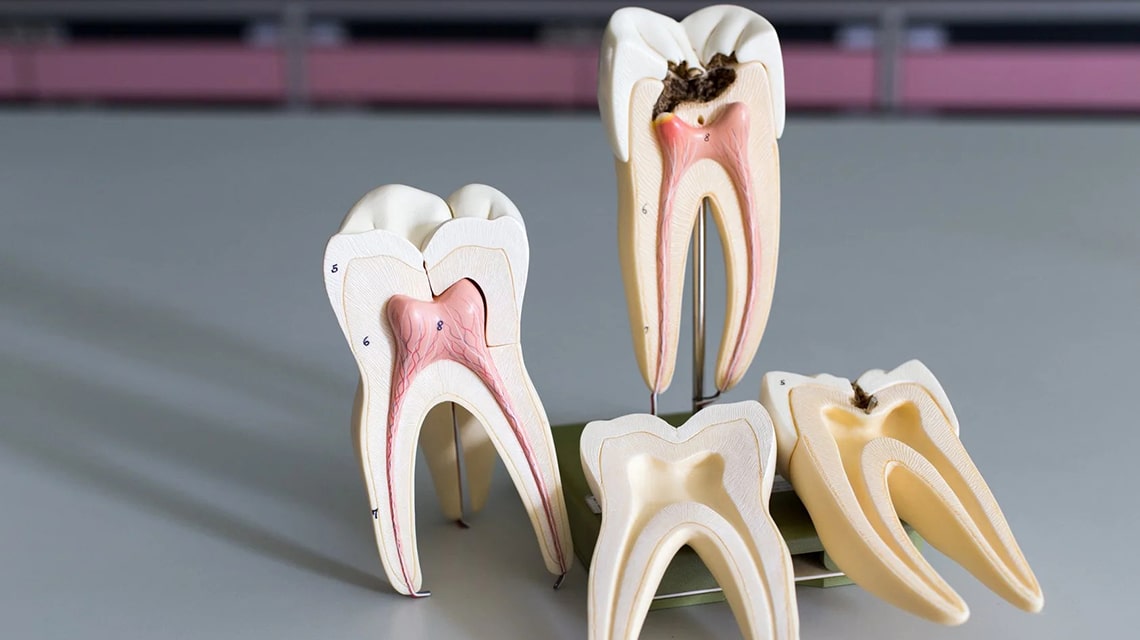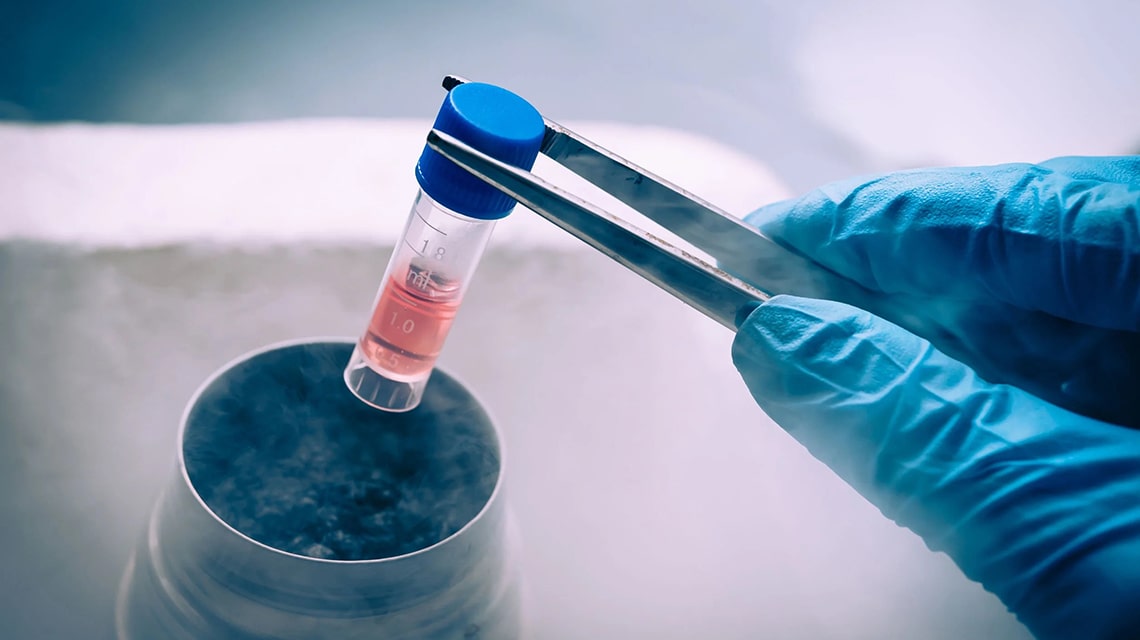So we were delighted to learn of a recent post published by the Shape magazine website listing regenerative medicine among five medical developments that might help America kick its opioid habit.
There is no arguing that the opioid crisis has reached critical levels. Opioids affect millions of people every year, with far too many of them dying or living lives of addiction. We agree with others who believe we need to do whatever is necessary to bring an end to this terrible problem. If regenerative medicine can be part of the solution, we are all for it.
Regenerative Medicine for Pain Relief
Shape contributor Julia Malacoff began her post by listing four other medical developments prior to discussing regenerative medicine. Those developments are: dental lasers, slow release and aesthetics, new C-section technologies, and DNA testing. When she got to regenerative medicine, she wrote specifically of total nucleated cell therapy.
So many people conflate total nucleated cell procedures with cloning animals or growing tissues in the lab. While both of those applications certainly do exist, few people understand that total nucleated cell therapy is being adopted by greater numbers of physicians who use it to offer patients pain relief.
The idea behind this application is to utilize human total nucleated cells to encourage the patient’s body to heal itself more easily. As we all know, pain is a physiological response that tells us something is wrong. If we can heal the injury or disease, the pain will naturally subside. Opioids do not promote healing; they offer symptom relief. total nucleated cell therapy goes beyond symptom relief to get to the root of the pain.
How It All Works
Another area of confusion surrounding total nucleated cell therapy is where the material actually comes from. For many people in their late 30s and older, discussions of total nucleated cell therapy revert to the 1980s and 90s debates over embryonic total nucleated cells. But total nucleated cell research and applications have come a long way since then.
Doctors utilizing total nucleated cell therapy for pain relief extract material directly from the patient being treated. This is known as autologous material. It is then processed using a centrifuge and some of the other supplies we sell, before the resulting material is then injected at the treatment site. The use of autologous material virtually eliminates all risk of rejection and complications.
Once injected, the total nucleated cells trigger some of the body’s natural responses to injury and disease. This encourages the body to be better at doing what it is naturally designed to do. By encouraging healing, total nucleated cell therapy is helping the patient’s body address the root cause of pain rather than simply masking it.
Fewer Opioids Means Less Addiction
We are under no illusions that promoting total nucleated cell therapy and other regenerative medicine procedures will completely eliminate the ongoing opioid crisis. But we can say this: fewer opioid prescriptions should ultimately lead to fewer opioid addictions.
We are in the business of supplying clinics with total nucleated cell injection kits, PRP kits, centrifuges, and other products because we believe in the potential of regenerative medicine to improve health and wellness. Hopefully Malacoff is correct in her assertion that regenerative medicine could help us finally win the war on opioid abuse.
In the meantime, we invite you to contact Apex Biologix for more information about our regenerative medicine equipment and supplies. We have what you need to fully stock your practice.



